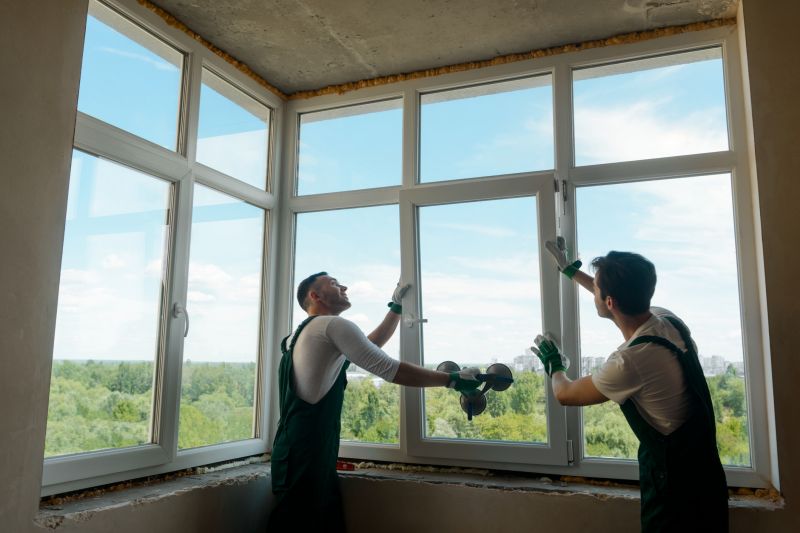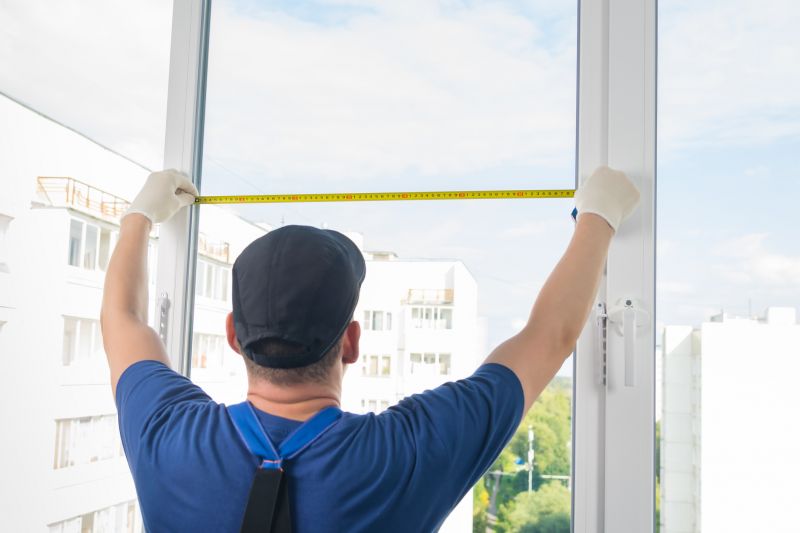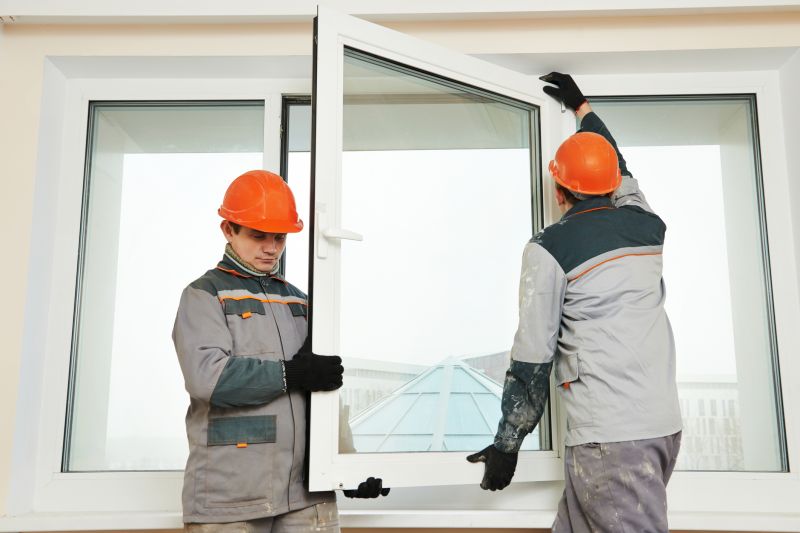Optimal Timing for Window Installations
Choosing the right time for Windows installations can impact the process's efficiency and success. Factors such as weather conditions, system readiness, and workload schedules influence the optimal timing for installation projects.
Performing Windows installations during milder weather reduces risks associated with extreme temperatures and adverse conditions.
Scheduling installations when hardware and software are prepared minimizes delays and technical issues.
Choosing periods of lower activity ensures minimal disruption and allows for dedicated attention to the installation process.
Aligning with scheduled maintenance windows can facilitate smoother updates and installations.

Ways to make Windows Installations work in tight or awkward layouts.

Popular materials for Windows Installations and why they hold up over time.

Simple add-ons that improve Windows Installations without blowing the budget.

High-end options that actually feel worth it for Windows Installations.

Finishes and colors that play nicely with Windows Installations.

Little measurements that prevent headaches on Windows Installations day.
Windows installations are critical for ensuring systems operate efficiently and securely. Proper timing can prevent disruptions and reduce downtime. Data indicates that scheduling installations during off-peak hours or planned maintenance periods results in fewer interruptions and improved system performance.
Advanced planning for Windows updates and installations helps mitigate potential compatibility issues and ensures that hardware and software are prepared for changes. Regularly updating systems enhances security and stability, which is vital for business continuity.

A 60-second routine that keeps Windows Installations looking new.

A frequent mistake in Windows Installations and how to dodge it.

Small tweaks to make Windows Installations safer and easier to use.

Lower-waste or water-saving choices for Windows Installations.
| Timing Factors | Details |
|---|---|
| Weather Conditions | Mild temperatures and dry weather are ideal for outdoor or large-scale installations. |
| System Readiness | Ensure hardware and software are prepared before scheduling. |
| Workload Cycles | Plan installations during periods of low activity to minimize disruptions. |
| Maintenance Schedules | Coordinate with existing maintenance windows for smoother updates. |
| Staff Availability | Schedule when technical personnel are available and focused. |
| Project Deadlines | Align installation timing with project timelines to avoid delays. |
| User Availability | Choose times when end-users are less likely to be impacted. |
| Backup and Recovery | Ensure backups are completed before installation to prevent data loss. |






